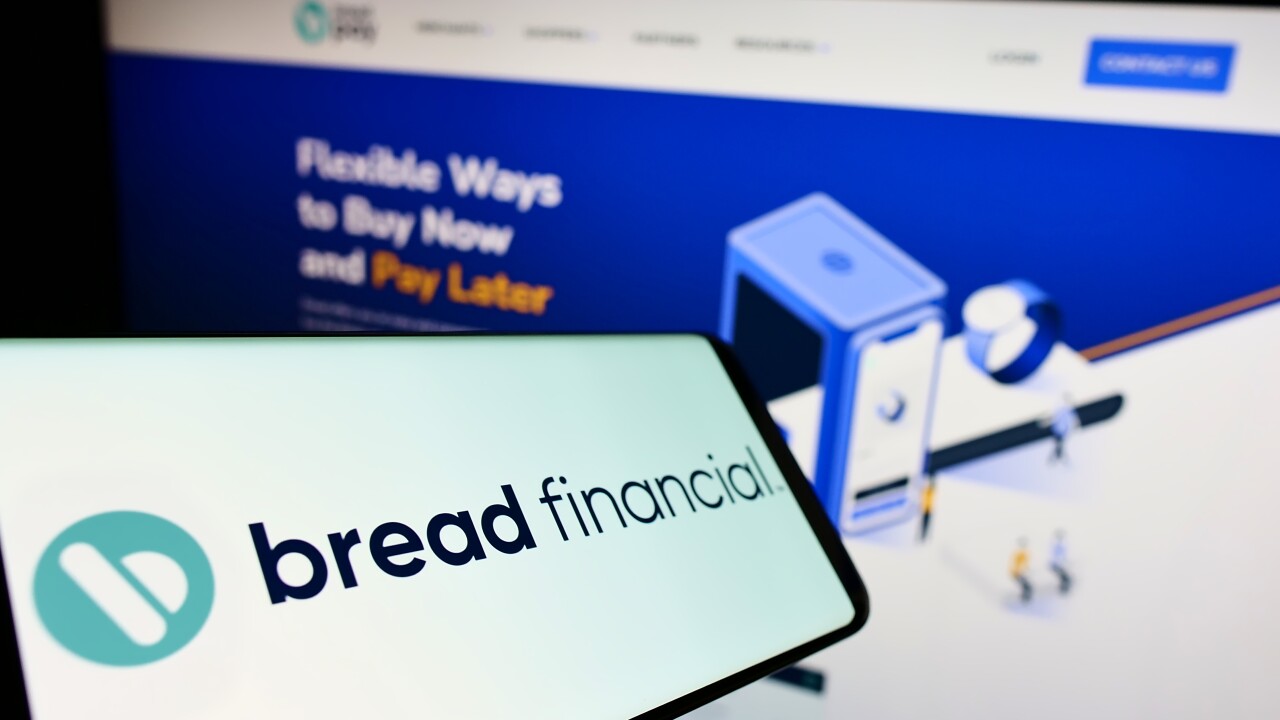The complexity of converting fuel pumps' hardware and software to accept EMV chip cards was such that the card brands gave pump manufacturers and gas stations an extra five years to comply to avoid a fraud liability shift.
Now one year is left — and those complexities haven't diminished.
"As an industry group, we could see what is going to happen — people will be frustrated with the process and maybe even give up on their timelines, or just not do anything," said Randy Vanderhoof, director of the U.S. Payments Forum.

To ease the pain, the U.S. Payments Forum has released a white paper outlining ways to save time and money by avoiding redundancies when testing for each card brand ahead of the October 2020 deadline. The information tells fuel operators what each card brand requires for each step in EMV conversion — highlighting the steps that are similar within the brands and don't need to be repeated.
"The challenge has been the availability of tech people to work through all of the various software and hardware situations at the different fuel company and manufacturer pumps and to get plans in place and get it all installed," Vanderhoof said. "It is a regulated setting, unlike regular retail POS terminals or vending machines of which any technician can work on them."
Thus, anything that could be done in advance can speed up the process. Considering hundreds of thousands of stations still need to convert, with varying numbers of pumps each, the potential lack of technicians to be available in a timely manner is likely to be a major issue.
An example of redundancy might be that each card brand has a similar path to certify outdoor equipment and its connection to the card reader, so some steps can be eliminated if they were already completed for one brand.
Those types of shortcuts can make a difference, considering the complexity of establishing EMV at a pump.
"In some cases, pumps aren't wired with enough bandwidth to support an EMV transaction, and new cable might be necessary," said Thad Peterson, senior analyst with Aite Group. "The fuel controller system and the store POS generally are not on the same system, which adds complexity."
The U.S. Payments Forum was originally called the EMV Migration Forum, a nonprofit organization that helped set industry standards for the U.S. migration from magnetic stripe cards to EMV chip cards in the years leading up to the 2015 liability shift. After that liability timeline passed, the forum
Unlike the EMV liability shift at the retail point of sale four years ago, the looming deadline for fuel pumps comes at a time when digital and mobile payments have advanced far beyond the talking and testing stages.
As such, other payments and technology providers have been working to create
But adoption rates are always the stumbling block for mobile advancements. While some stations may find mobile a viable alternative to costly EMV upgrades, such technology is more likely to be a complementary option to EMV chip card use.
"The problem always comes down to education and business decisions people make," Vanderhoof said, noting that the vast majority of retail fuel stations in the U.S. are owner operated, and not run by the major chains.
Any fuel operator who decides to wait on EMV, or maybe test the waters without it, is likely to be targeted by fraudsters, Vanderhoof warned.
It creates a scenario in which business owners not well versed on security issues and who have not dealt with significant chargeback problems would find out what it is like to be a target of fraudsters, Vanderhoof added.
"The petrol space is not a big market compared to traditional retail, so fraudsters can concentrate on one town, or one station if they know it doesn't take EMV, to attach their skimmers to the pumps," Vanderhoof said.
"When the owner experiences that, and it starts spreading on social media that the station has a problem, they may decide they want EMV," he added. "But by then they may have to wait six months to a year to get fully protected."
Though many don't expect to see the card brands extend the liability timeline again, the 2020 date is already starting to look challenging.
"I think that a hard assessment of the challenges and the costs should be undertaken to determine if October 2020 is a feasible deadline for liability shift," Aite's Peterson said. "Once the reality of the situation is understood, the ecosystem can make a decision on whether to enforce the liability shift next year."





